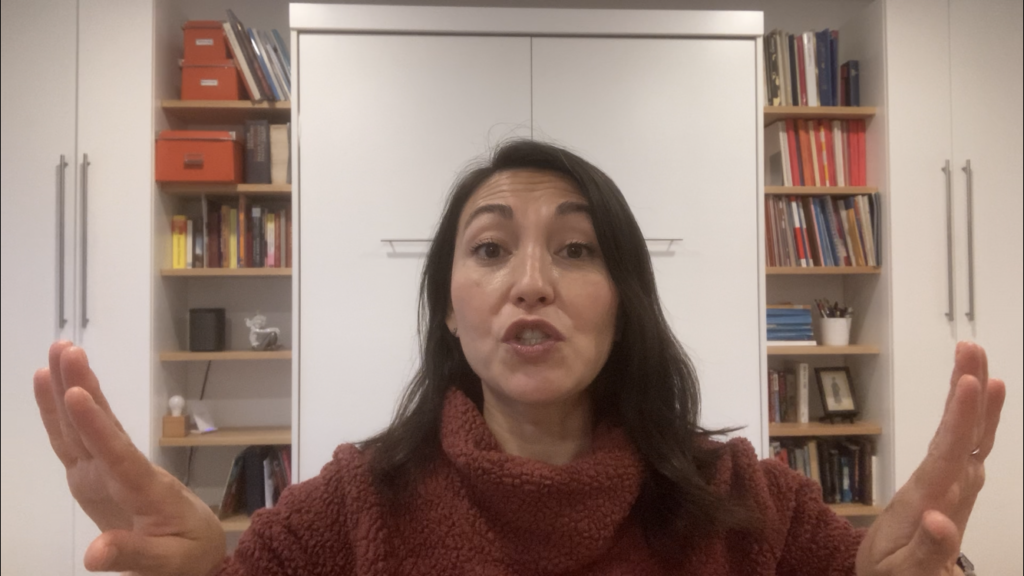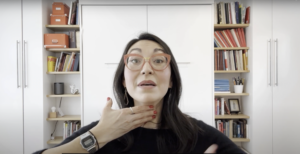Legato means “tied,” but what exactly are you tying together? The vowels! Today’s legato exercise – the Glide and Flip – shows you how.
I know I’ve been talking a lot about consonants lately, but today let’s focus on what comes between those consonants – the VOWELS. Although the consonants shape the sounds we make into comprehensible language, it’s the vowels that carry the beauty of the voice.
Today’s exercise helps to maximize the time spent on vowels so we can create both language comprehension and vocal beauty. Here’s how it works:
If we make the consonants very quick, there’s more time in the middle of each note for the vowel to resonate. Those elongated vowels give the impression of flowing into one another with only momentary interruptions from the consonants. The result is active legato, where the linking or “tying” of one vowel into the next is created intentionally, by extending the vowel right to the very rhythmic limit of each note. It’s a huge upgrade over passive legato, which is just singing without big breaks between the notes, and well worth learning.
We can practice this active legato with a simple idea, the Glide and Flip. Give it a try!
How to do the Glide and Flip:
The Glide and Flip is really a concept, not a specific exercise, but to show you how it works, I’m going to use a very old-school exercise, “What shall we sing today?” (I used to do this in Glee Club!).
- First, let’s learn the exercise. Sing “What shall we sing today” on an up and down octave arpeggio. “What shall we si-ing today?”
- Now, speaking, chant the text rhythmically, “What shall we si-ing today”
- Next, keeping the tempo the same, try it again, making the consonants extremely quick. This means that final consonants and initial consonants like the T and SH of “what shall” and the NG-T of “sing today” will get smooshed together and be performed as one quick swipe rather than an elongated cluster.
The effect will be something like “Whaaaatshaaaaaallweeeeeesiiiiiiiiingtoooooooodaaaaaaaaaay”. Because the consonants are so quick, the vowels stay open longer in the middle of each note. - Finally, return to singing the arpeggio, but now with long vowels and short, quick consonants.
It often helps to think about delaying final consonants until the last possible instant before the beat. Those final consonants have a tendency to close up really early, especially on words like “what” and “sing” – double check that you’re not singing “sih” on high Do and just “ng” on the downward Sol.
Observe how, even at the same tempo, you’re spending much more time on each vowel, creating much more smoothness in the line. You might need more breath support to get through the phrase, and that’s a good thing.
Are you Gliding and Flipping? Keep it up! And thanks for practicing!


